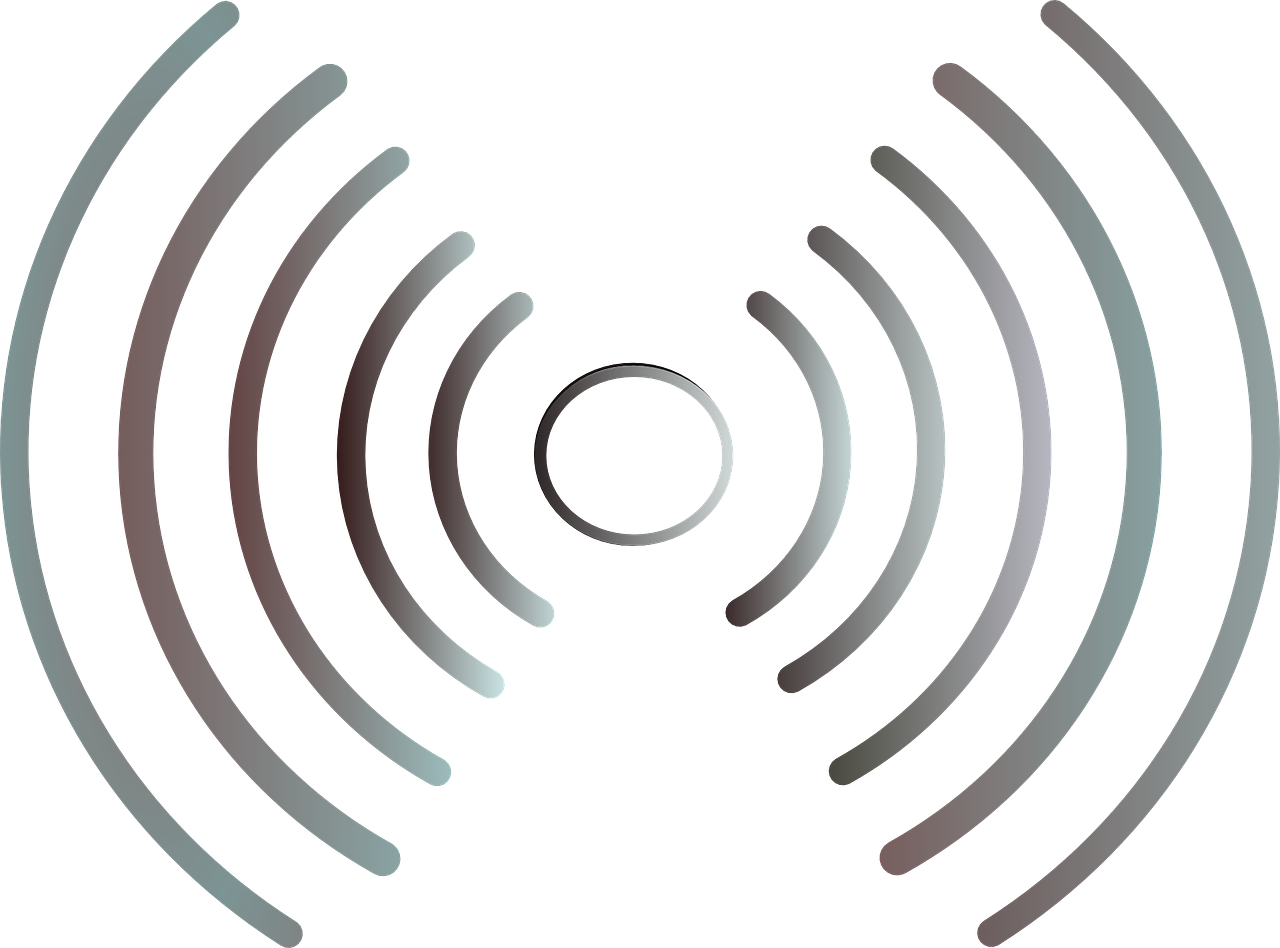Digital signal processing can be defined as the science of systems and signals that allow you to generate, analyze, and modify digital data and systems. Also, it is an important system of software that allows data sharing between different devices that use data over audio. The truth is that digital signal processing allows a lot of activities, such as filtering, image enhancement, neural networks, and speech recognition to take place. In most cases, it relates to transmitting data over audio. The activities involve encoding data into a signal and decoding it to extract it.
Converting Data into Sound
When you use audio signal processing, the data is added into the audio signal by the use of the software. The common technique used in encoding data into sound is known as frequency-shift keying, which is ideally a basic digital modulation method.
After encoding the data, it is quite possible to transfer it from one device to another. The device that receives the sounds requires a signal that indicates data is available for translation and delivery. Therefore, it is necessary for the audio tone to include directions such as metadata to understand the information that it receives and what it can do with the data.
Obtaining Data from Sound
The process of extracting data is known as demodulation and occurs when the receiver identifies the signal. Remember that each signal has a sequence known as preamble, and it is affixed to the start of the data packet. If the decoder recognizes the right preamble, it starts the demodulation process. After verifying the signal, the decoder will check data against valid frequency options. In this case, the data is extracted as an audio signal, and instructions are identified.
The size of the file transmitted is determined by the technology of the provider, notwithstanding the hardware. You should note that transmitting sound from a device to another requires a speaker and microphone. Also, there are external factors that are likely to affect the process of receiving and sending sound waves.
Overcoming Sound Barriers
You should note that ultrasonic data transmission systems can be affected by both software and hardware. For instance, mobile devices have sufficient hardware, and others employ filters to improve sound quality. Another serious challenge that affects the transmission of signals is reverberation, which is defined as a series of echoes within a short period. Small spaces and reflective surfaces such as sharp angles and concrete glass are known to increase reverberation.

